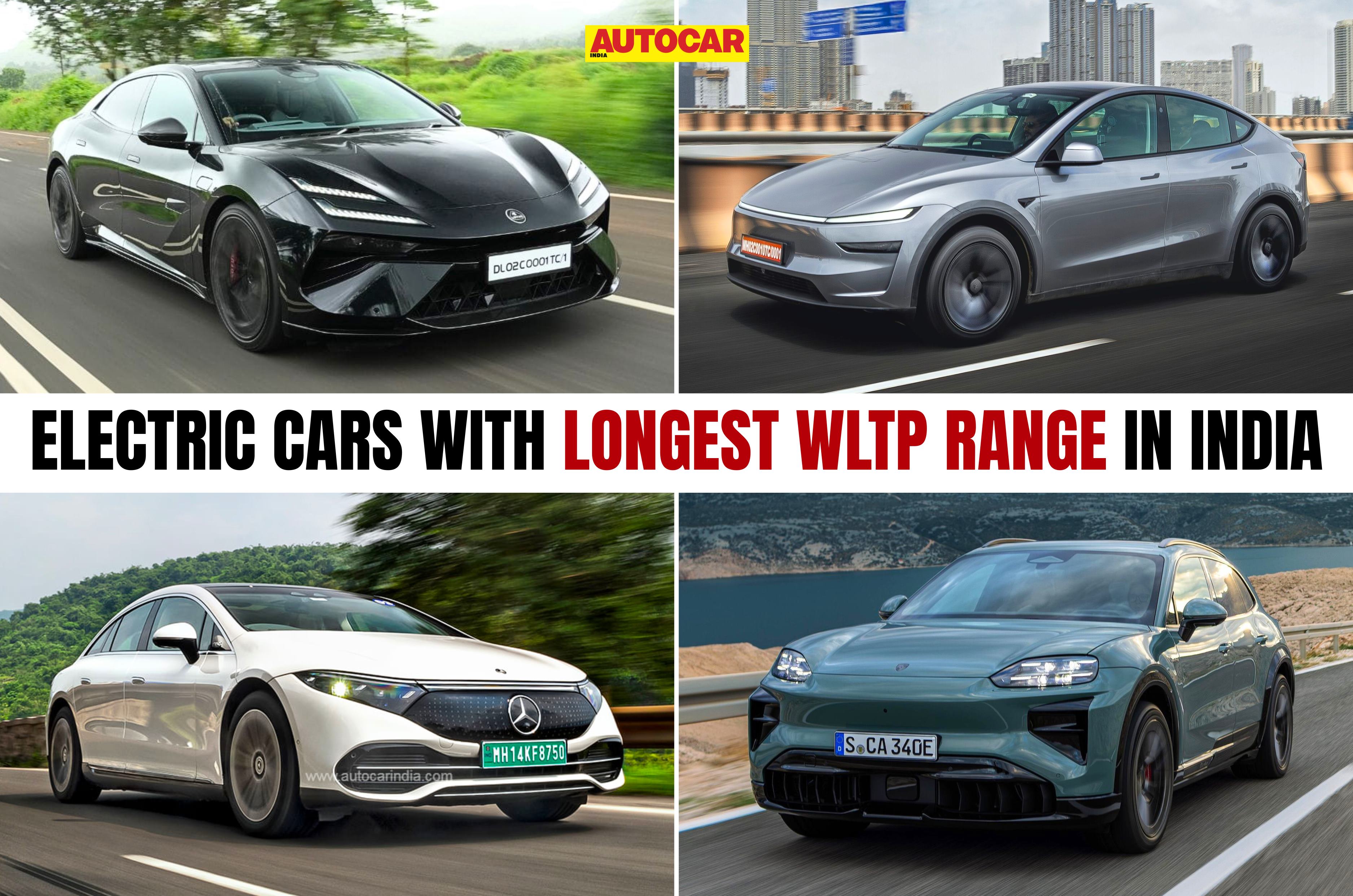The situation was tense. Fingernails were being bitten and wide assortments of deities were being bargained with. But it was of no use. Team AITHONS from M.N.M. Jain Engineering College, Chennai, were told they'd have to continue working on the required safety measures if they wanted their car, the GreenPanther, to pass technical inspection. Faces hung in disappointment; they slowly rolled their car back to their pit to restart work. They were not the only ones though. Each of the 127 teams from 17 countries would go through the same gruelling tests. Some would pass. Some would fail. But all of them would keep trying. Why? Simple. They were all working on the future of mobility. They had travelled thousands of kilometres to drive the ultra-efficient cars they designed and built, at Shell Eco-marathon Asia 2015.
Leaner, Greener and Cleaner
3.7K views

A look at the Asia leg of a global event focussed on the future of mobility.







